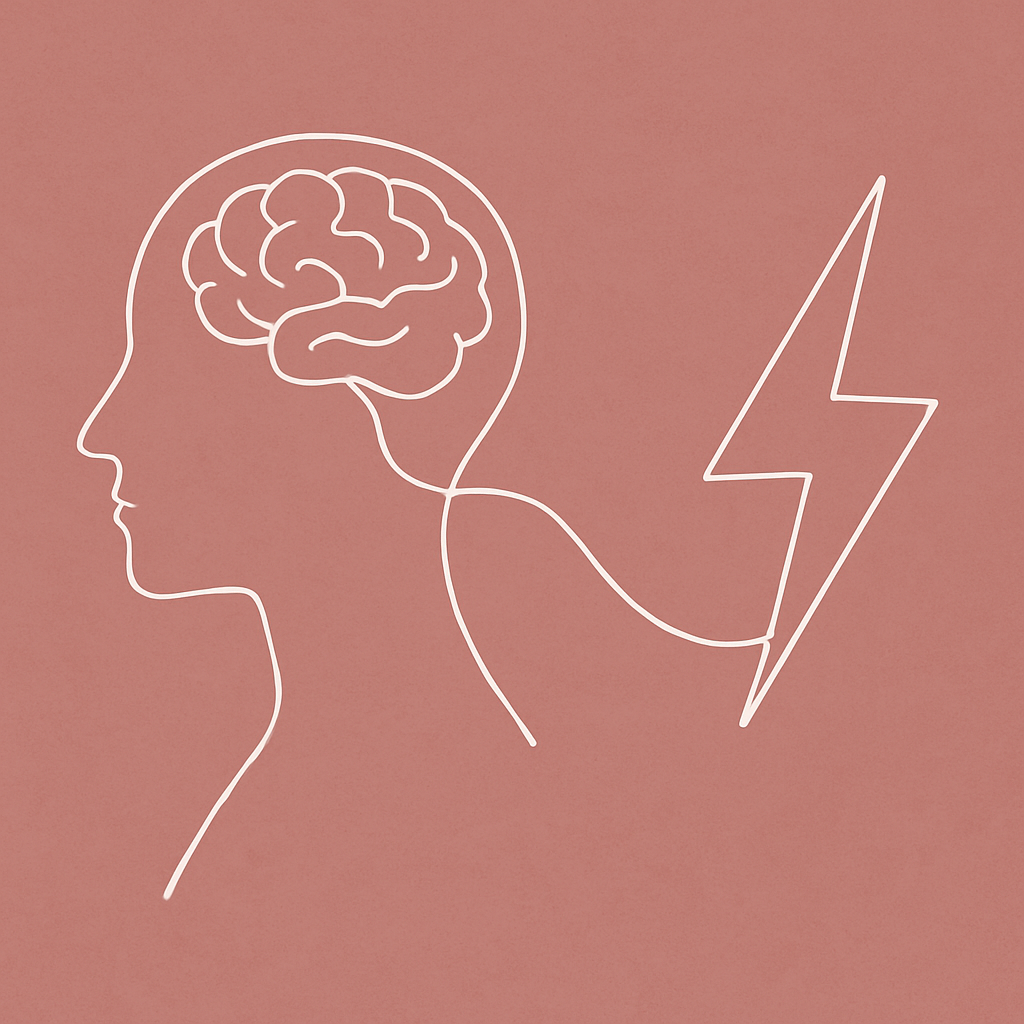Have you ever hesitated before moving because you expected pain? You’re not alone. When movement has caused pain in the past, the brain starts anticipating pain before it even happens.
To generate pain, the brain integrates sensory input and internal predictions. Sensory input refers to bottom-up processing – from the nerve endings in our body to the brain. Internal predictions refer to top-down processing. This is what we expect to feel before performing an activity. It is our brain’s prediction about what it feels like to move in a certain way because of a past experience. And the pain produced is the combination of the two.
If someone feels pain every time they bend down, the fear of bending alone will amplify their pain experience beyond what is being produced by the nerve ending in their back.
This is called a conditioned response, and over time, it will reinforce the pain-fear cycle, causing even safe, neutral movement to feel threatening.
Perhaps you once hurt your knee while jogging. Now, you might tense up every time you try running again, even if your knee has healed. Your brain, trying to protect you, has learned that this movement equals danger, so it sends out pain signals as a warning even when no harm is present.
This protective response is common, but it is not always accurate. The good news? Just as your brain learned to fear movement, it can relearn safety.
“Just because the rooster crows before the sun rises, doesn’t mean the rooster makes the sun rise ” – Unknown
Research
Exercise-induced pain? Underlying mechanisms and clinical translation
More and more studies are investigating how fear of pain leads to restricted movement patterns, perpetuating pain and disability, and how to address this fear through therapeutic interventions.
Individuals with chronic pain who report low levels of physical activity are more likely to report higher kinesiophobia, fear-avoidance beliefs, and pain catastrophizing compared with those who report higher levels of physical activity.
A systematic review showed the strongest treatments for reducing pain catastrophizing in adults with chronic (non-cancer) pain take a multimodal, biopsychosocial approach.
In addition to getting back to movement and life, patients need cognitive restructuring, increased self-efficacy, and decreased pain rumination. In patients with chronic low back pain, a multidisciplinary program that includes cognitive behavioral training and exercise produced better effects than exercise alone in improving quality of life and reducing disability and fear-avoidance beliefs.
Sluka KA, Frey-Law L, Hoeger Bement M. Exercise-induced pain and analgesia? Underlying mechanisms and clinical translation. Pain. 2018 Sep;159 Suppl 1(Suppl 1):S91-S97. doi: 10.1097/j.pain.0000000000001235. PMID: 30113953; PMCID: PMC6097240.
Book Recommendation
Unwinding Anxiety: New Science Shows How to Break the Cycles of Worry and Fear to Heal Your Mind by Judson Brewer MD, PhD
The key to relearning safe movement is unwinding anxiety. Perception, expectation, and predictions of pain or injury lead to avoidance and pain catastrophizing, making it all the more difficult to break the pain-threat cycle.
Belief is half the battle: if you believe a certain position or activity will hurt you, it probably will! Psychoeducation and anxiety regulation are needed to retrain the brain away from a sense of felt-danger and toward a sense of felt-safety. Unwinding Anxiety explains how to uproot anxiety at its source, using brain-based techniques and small hacks accessible to everyone. Anxiety is what drives addictive behaviors and the bad habits we use to cope, which temporarily relieve anxiety, but reinforce danger inaccurately.
Give Unwinding Anxiety a read to discover your triggers, defuse them with curiosity, and retrain your brain using mindfulness and other psychologically-informed techniques.
